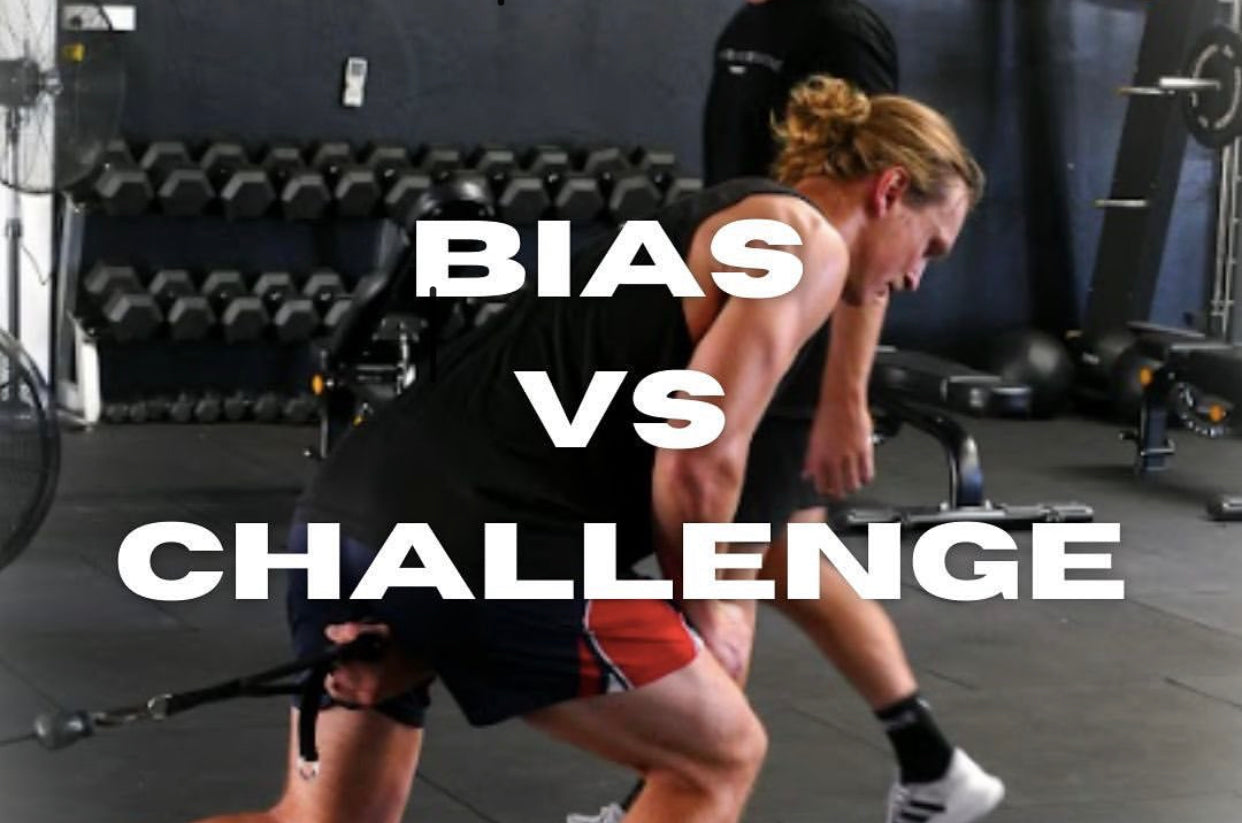
Program Design Principle: Load Position
The principles of Load Position.
We love to get stuck into the weeds about exercise selection but the conversation of load position isn’t had anywhere near as much. Where you place the load has variances in what adaptations or stressors come about.
How you load an Exercise is just as important as the selection of the exercise itself.
A key concept to implement within our program design and exercise selection is the concept of biasing positions and challenging muscles.
We can use load to bias positions and challenge muscles
Bias: allowing the weight you are using or using a weight in a particular manner to help get into a certain position
Challenge: challenging your ability to maintain a certain position against the load.
Typically challenging the ability of a position that we were previously biasing
With every bias in one position comes challenge at another, let's take load during a single leg RDL for example:
Contralateral (opposite) Vs Ipsilateral (same side)
A contralateral load will:

- Bias: hip internal rotation
- Challenge: hip external rotation
An Ipsilateral load will:

- Bias: hip external rotation
- Challenge: hip internal rotation
So for an individual who is lacking hip internal rotation, in combination with specific mobility drills like a 90-90, we can utilise load as a means of getting into that position under load in a more dynamic fashion.
This will help to integrate that specific mobility work into my dynamic movements that will be performed on the court/field.
Furthermore, once we have improved the hip IR range through mobility and biasing it with load, we can challenge the ability to maintain hip internal rotation by altering the load placement and solidifying that range of motion and the ability to get into that position dynamically.
Written by Adam Komatsu